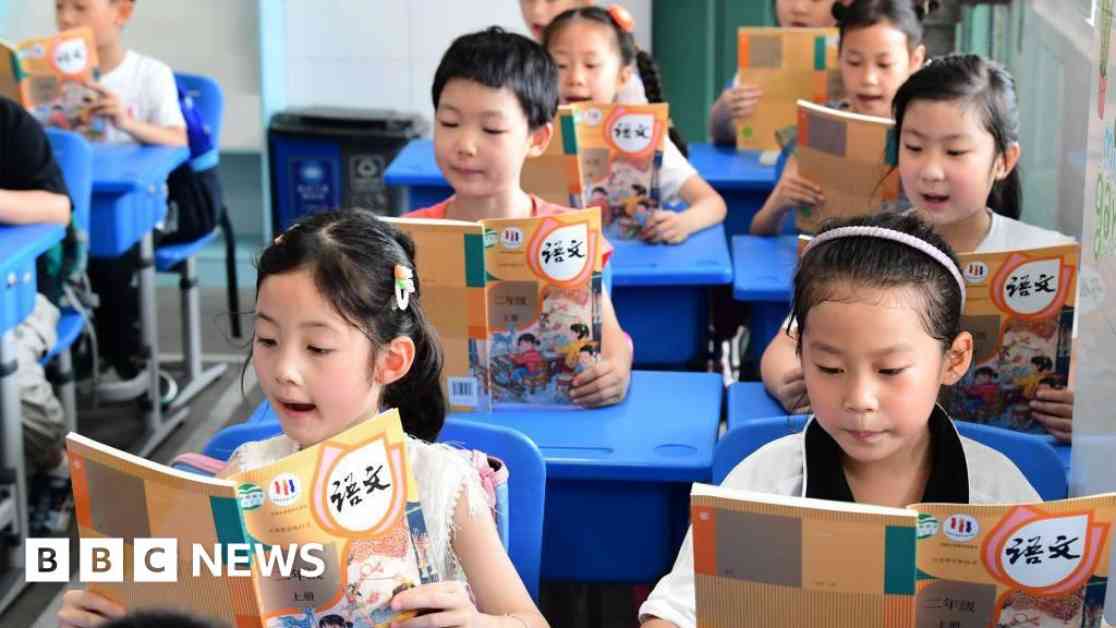The scorching heatwave sweeping across China has sparked a contentious debate over the installation of air conditioning units in classrooms. With temperatures exceeding 35 degrees Celsius in some of the country’s hottest cities, parents are demanding relief for their children while educators grapple with the implications of such a decision.
Parents’ Pleas for Air Conditioning
In cities like Changsha, where the mercury has been steadily rising, parents are advocating for the installation of air conditioning units in classrooms to ensure their children’s comfort and well-being. However, the education department’s response to these requests has been met with outrage, particularly their assertion that students must “cultivate the spirit of hard work and endurance” without the aid of air conditioning.
The notion that enduring uncomfortable conditions will somehow build character has been met with skepticism by many, who argue that such extreme heat is not conducive to effective learning. One Weibo user expressed their frustration by stating, “Can we please then ask the education bureau to work in 40-degree heat, then discuss whether this is the way to cultivate such spirit in children.”
Concerns and Considerations
While some parents are in favor of air conditioning in classrooms, others have voiced concerns about the potential health risks associated with prolonged exposure to cooled air. There is a fear that students may be more susceptible to catching colds or other infections in an air-conditioned environment. Additionally, there are those who advocate for alternative solutions, such as adjusting the school calendar to accommodate the changing climate.
One parent in Chongqing suggested, “It was never so hot in September in previous years. Perhaps the education board can extend school holidays, according to the weather.” This sentiment reflects a growing recognition of the need for flexibility and adaptability in the face of increasingly extreme weather patterns.
Challenges and Controversies
The debate over classroom air conditioning is further complicated by financial considerations, as schools are hesitant to commit to the significant costs associated with installing and operating air conditioning units. The issue came to a head when a primary school in Xiangtan asked parents to contribute towards the purchase of air conditioners, sparking a debate over who should bear the financial burden.
While the local education bureau ultimately intervened and ordered the school to reimburse the parents, the incident highlighted the challenges schools face in balancing the need for student comfort with limited resources. Some have argued that students’ well-being should be the top priority, regardless of the financial implications.
Innovative Solutions and Adaptations
In response to the heatwave, some schools have implemented creative solutions to cool classrooms without relying on air conditioning. One approach involves placing buckets of ice inside classrooms to lower the temperature, providing a more cost-effective alternative to traditional cooling methods.
Additionally, schools in provinces like Jiangxi and Sichuan have opted to delay the start of the autumn semester by a week to allow for more favorable weather conditions. These adaptations demonstrate a willingness to prioritize student comfort and well-being in the face of challenging circumstances.
As China grapples with the impact of climate change and increasingly severe heatwaves, the debate over classroom air conditioning serves as a microcosm of larger societal concerns. Balancing the need for student comfort with financial constraints and health considerations is a complex and multifaceted issue that requires thoughtful consideration and innovative solutions.
In conclusion, the ongoing conversation around classroom air conditioning in China underscores the importance of adaptability and forward-thinking in addressing the challenges posed by climate change. By prioritizing student well-being and exploring alternative solutions, educators and policymakers can create a more conducive learning environment for future generations.



























